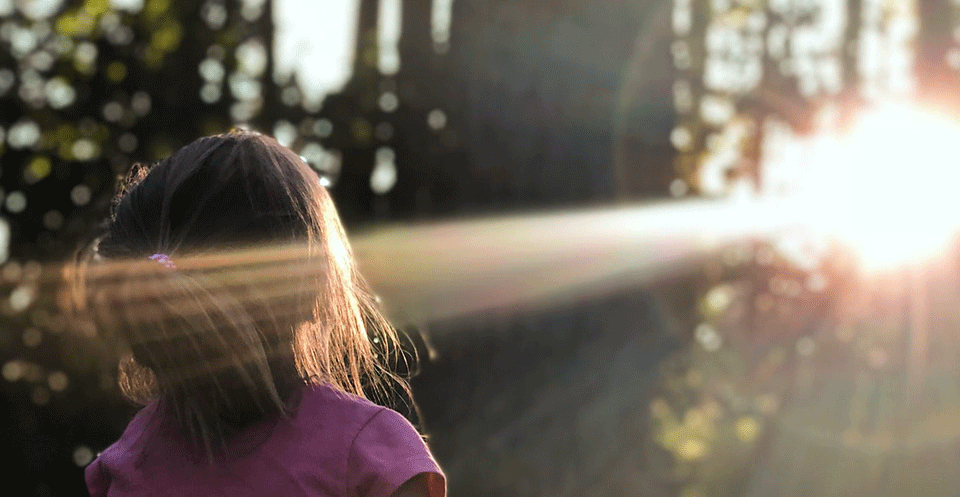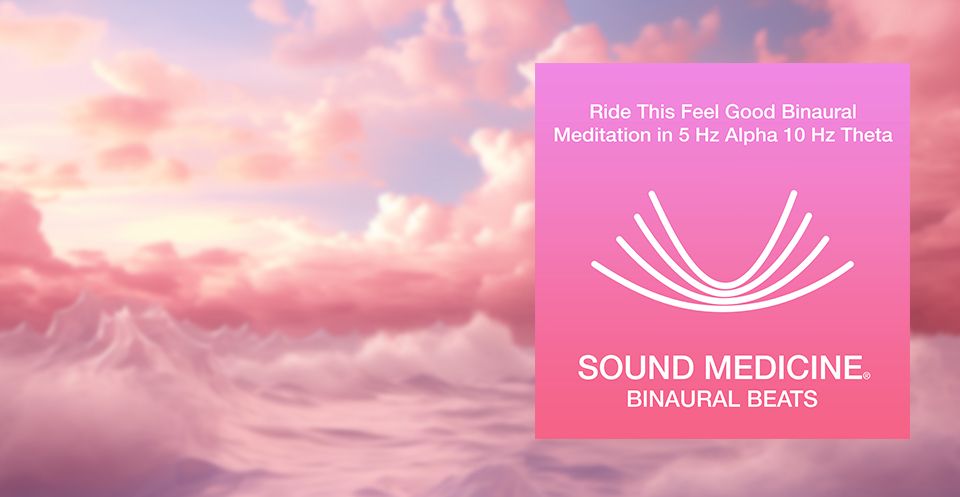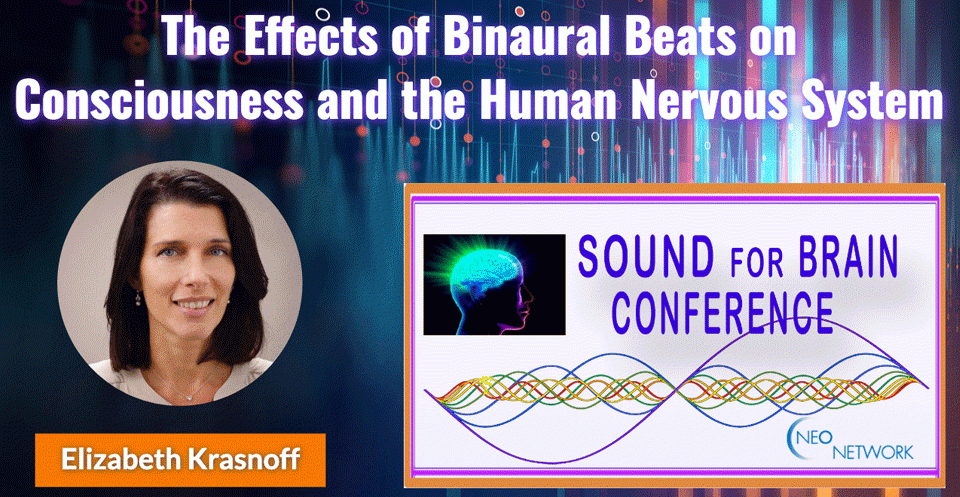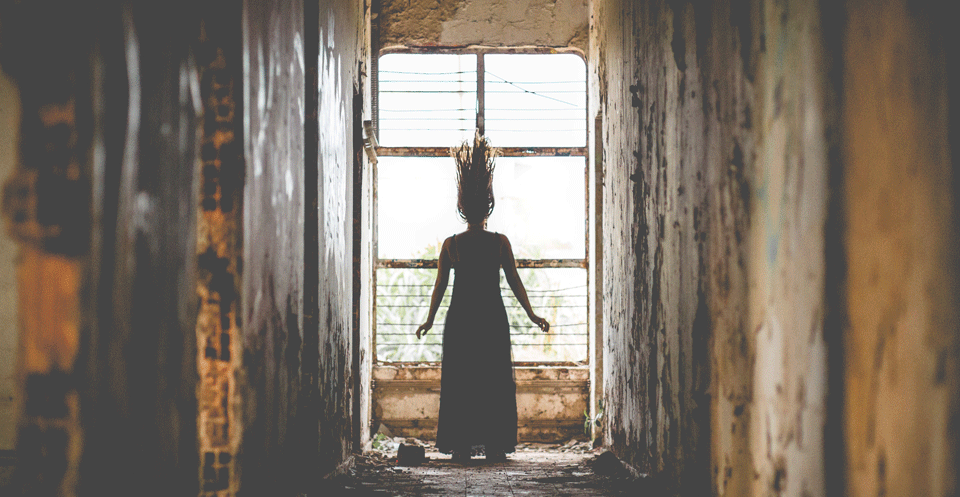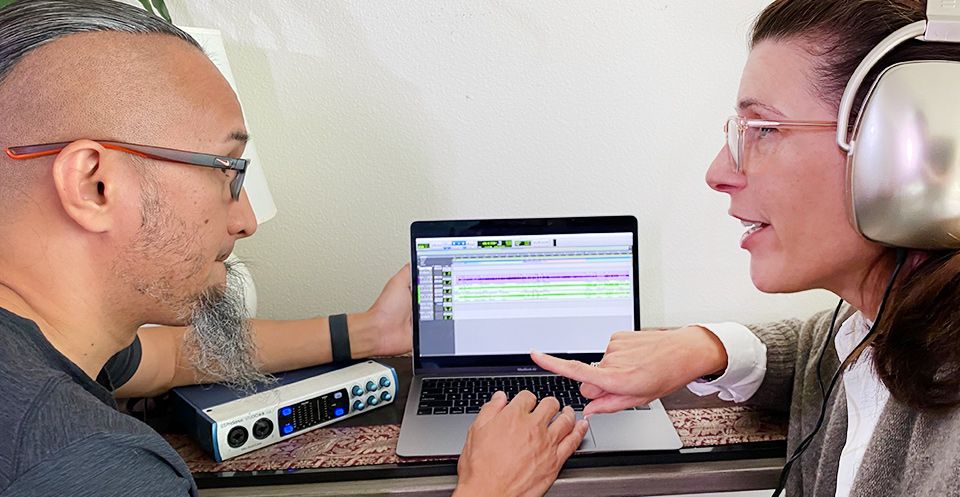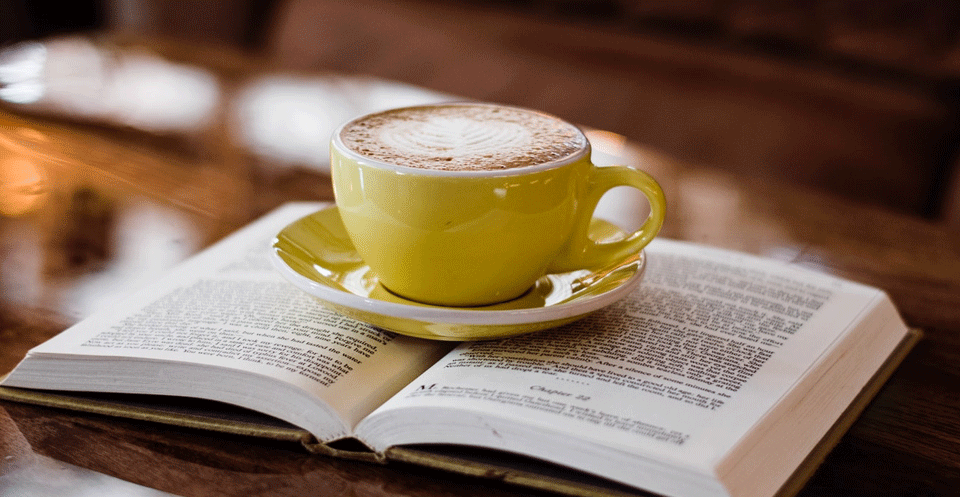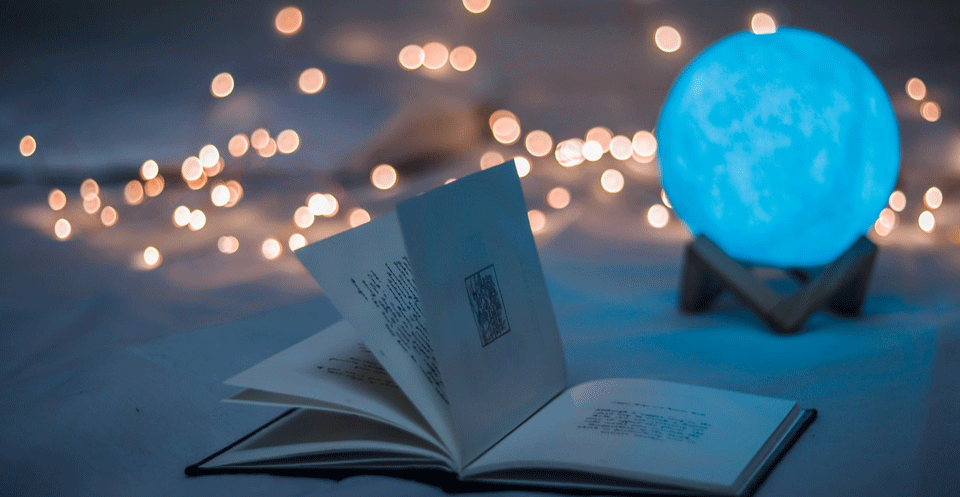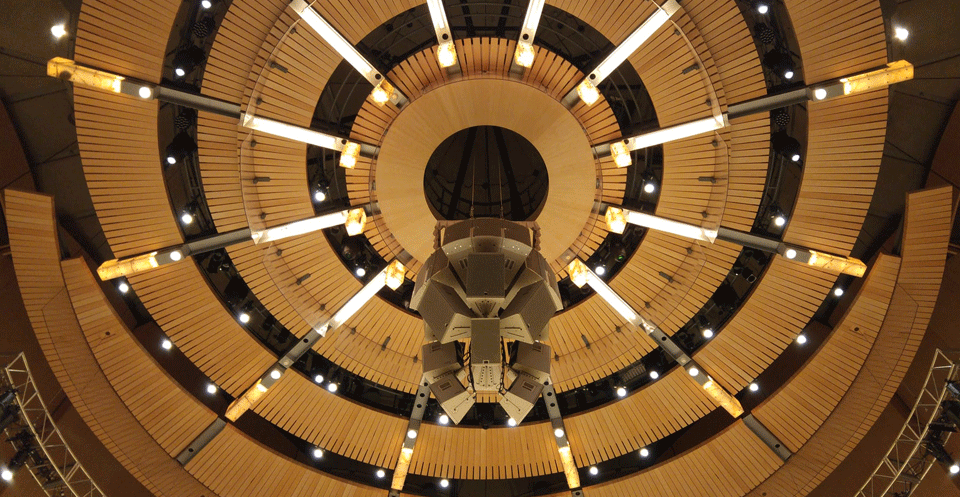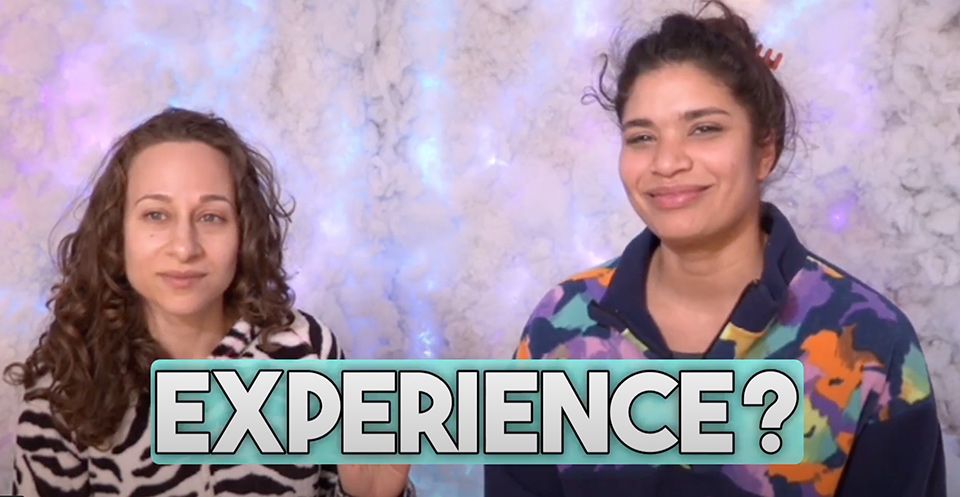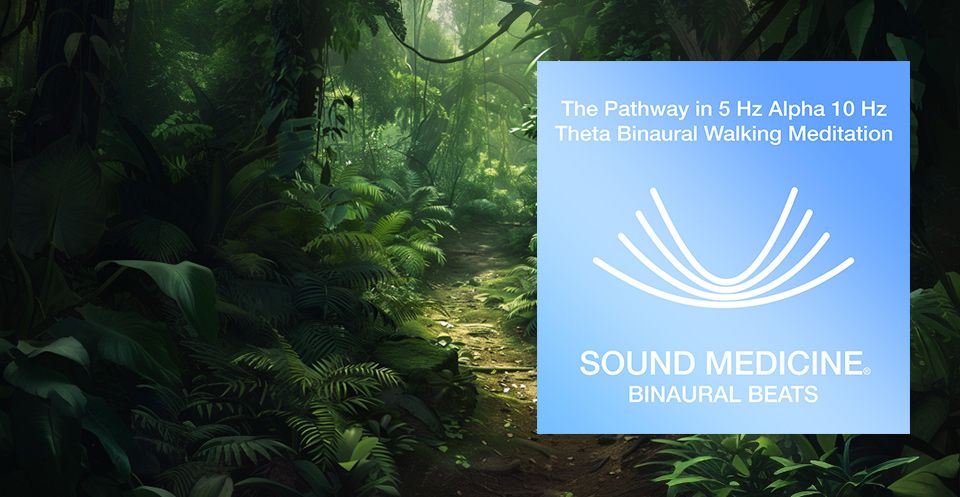Psychedelic Tucson
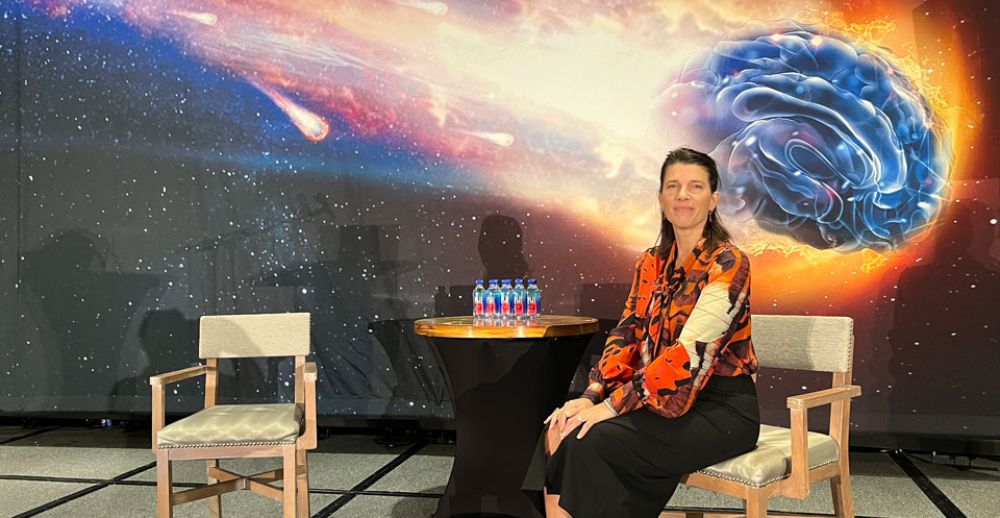
The Tucson Science of Consciousness Conference 2022 really hit new highs. There we so many first time attendees at our first in person conference post-pandemic. And we were all so excited to be there. I delivered a plenary talk on altered states of consciousness as it relates to the auditory brain. The central focus of this conference is of course on consciousness and its origins. Is it projected solely outwards from the human brain? Does it exist everywhere and we are receivers of data? Or both—is there a dance between what we manufacture and what exists outside of our human brain and nervous system? So the topics cover all angles of this inquiry—anesthesia, brain connectivity, quite a lot of studies this year on psychedelics, time, astrobiology, origins of life, theories of consciousness, and the big one—are we living in a simulation, delivered by Consciousness scholar David Chalmers. Hartmut Neven of Google also delivered a talk on quantum neuroscience. There were dozens of other presentations studying all aspects of these inquiries and then some- Orch OR theory, ultrasonic neuromodulation, non-locality, and neurospirituality to name a few. And lets not forget visits from a Shaman on the benefits of Ayahuasca, gong concerts and meditations with Deepak Chopra. And then there was the intense consciousness raising experience of hiking the stunning Tucson desert trails nearby the Loews Ventana Hotel, where the conference was held. Tucson has the main gem festival in the US each year, and its gems are on display in full glory in the lobby of the hotel. All in all everybody was in phenomenal spirits, information-loaded, and ready to come back next year—when it will be in Italy!
The full video of my presentation will be available soon but in the meantime you can have a sneak peek with these five short videos (YouTube playlist).
Altered States of Consciousness and Sound: The Auditory Pathways of Binaural Beats
Elizabeth Krasnoff, California Institute for Human Science
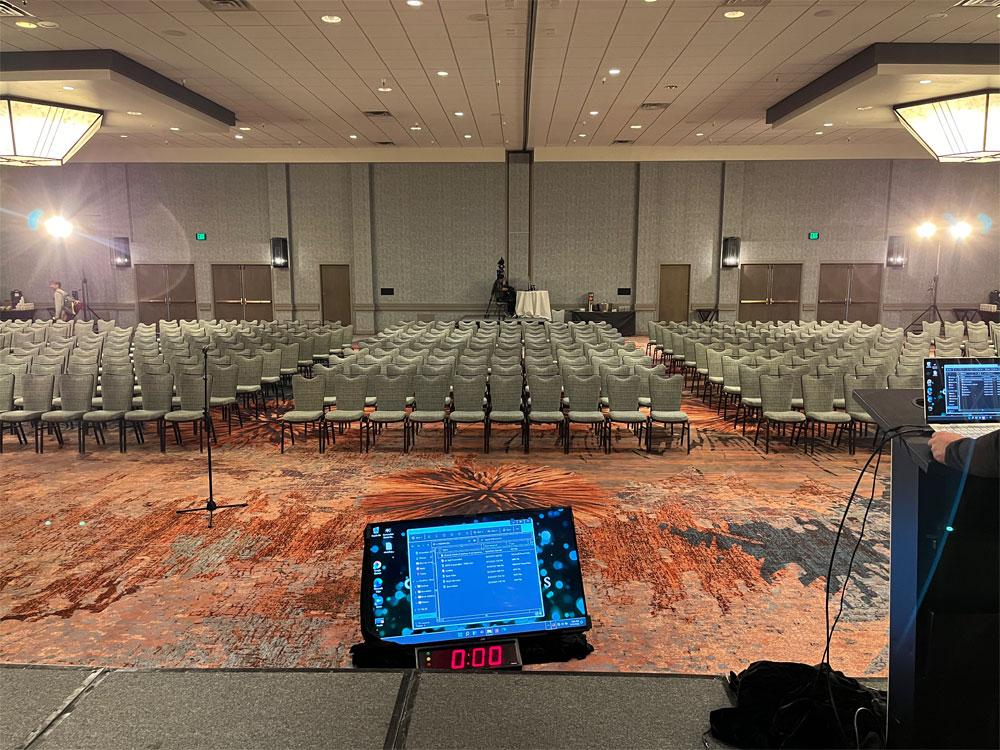 In a time when the pursuit of altered states of consciousness is both leading edge science and a mainstream pursuit, the spotlight is on all available methods of consciousness alteration. Elizabeth investigates the power of sound to alter our states of consciousness, specifically the auditory pathways of binaural beats. Current theory in the Sound Healing field hypothesizes that binaural beats filter through our Reticular Activating System, presenting consciousness altering data to the auditory brain. Binaural beats are a difference tone created by two slightly different pitches. Electrical brain wave patterns respond to these precise frequencies and appear to impact correlative states of consciousness. The Reticular Activating System is a neural network located in the brainstem responsible for modulating our three basic states of consciousness, awake, light sleep and deep sleep. Clinical studies continue to show positive outcomes in the leading edge field of binaural beats research, and the evidence is mounting for a powerful musical healing technology—music embedded with binaural beats. Moving forward, in her first double blind and controlled pilot study, Elizabeth has compared the effects of relaxation music to the effects of relaxation music plus inaudible binaural beats, measuring EEG, HRV, GSR, bioenergy and subjective questionnaire response. All 4 subjects experienced an improvement in brain function and had a calmer brain after adding BB to brown noise or to music plus brown noise. Most also show an improvement in microcirculation or cardiovascular score after listening to music plus brown noise and BB, probably due to relaxation. All of them also showed an increase in bioenergy after adding BB. BB seems to have profound effects on the physiology of subjects and since it is not audible, these effects cannot be attributed to the placebo effect. These results are encouraging in terms of developing musical products incorporating binaural beats to affect our neural rhythms and corollary states of consciousness, and warrant further research with more subjects and different frequencies of BB and different music tracks. —Consciousness is an arousal and awareness of environment and self, which is achieved through action of the RAS on the brain stem and cerebral cortex (Daube, 1986; Paus, 2000; Zeman, 2001; Gosseries et al., 2011).
In a time when the pursuit of altered states of consciousness is both leading edge science and a mainstream pursuit, the spotlight is on all available methods of consciousness alteration. Elizabeth investigates the power of sound to alter our states of consciousness, specifically the auditory pathways of binaural beats. Current theory in the Sound Healing field hypothesizes that binaural beats filter through our Reticular Activating System, presenting consciousness altering data to the auditory brain. Binaural beats are a difference tone created by two slightly different pitches. Electrical brain wave patterns respond to these precise frequencies and appear to impact correlative states of consciousness. The Reticular Activating System is a neural network located in the brainstem responsible for modulating our three basic states of consciousness, awake, light sleep and deep sleep. Clinical studies continue to show positive outcomes in the leading edge field of binaural beats research, and the evidence is mounting for a powerful musical healing technology—music embedded with binaural beats. Moving forward, in her first double blind and controlled pilot study, Elizabeth has compared the effects of relaxation music to the effects of relaxation music plus inaudible binaural beats, measuring EEG, HRV, GSR, bioenergy and subjective questionnaire response. All 4 subjects experienced an improvement in brain function and had a calmer brain after adding BB to brown noise or to music plus brown noise. Most also show an improvement in microcirculation or cardiovascular score after listening to music plus brown noise and BB, probably due to relaxation. All of them also showed an increase in bioenergy after adding BB. BB seems to have profound effects on the physiology of subjects and since it is not audible, these effects cannot be attributed to the placebo effect. These results are encouraging in terms of developing musical products incorporating binaural beats to affect our neural rhythms and corollary states of consciousness, and warrant further research with more subjects and different frequencies of BB and different music tracks. —Consciousness is an arousal and awareness of environment and self, which is achieved through action of the RAS on the brain stem and cerebral cortex (Daube, 1986; Paus, 2000; Zeman, 2001; Gosseries et al., 2011).
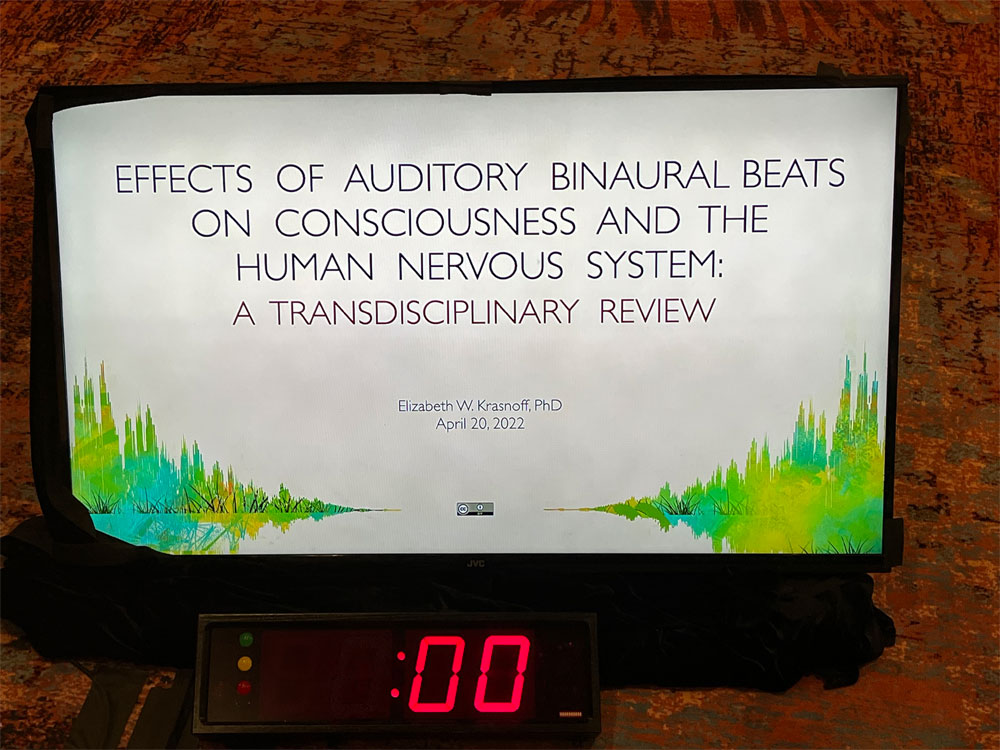 In a time when the pursuit of altered states of consciousness is both leading edge science and a mainstream pursuit, the spotlight is on all available methods of consciousness alteration. Elizabeth investigates the power of sound to alter our states of consciousness, specifically the auditory pathways of binaural beats. Current theory in the Sound Healing field hypothesizes that binaural beats filter through our Reticular Activating System, presenting consciousness altering data to the auditory brain. Binaural beats are a difference tone created by two slightly different pitches. Electrical brain wave patterns respond to these precise frequencies and appear to impact correlative states of consciousness. The Reticular Activating System is a neural network located in the brainstem responsible for modulating our three basic states of consciousness, awake, light sleep and deep sleep. Clinical studies continue to show positive outcomes in the leading edge field of binaural beats research, and the evidence is mounting for a powerful musical healing technology—music embedded with binaural beats. Moving forward, in her first double blind and controlled pilot study, Elizabeth has compared the effects of relaxation music to the effects of relaxation music plus inaudible binaural beats, measuring EEG, HRV, GSR, bioenergy and subjective questionnaire response. All 4 subjects experienced an improvement in brain function and had a calmer brain after adding BB to brown noise or to music plus brown noise. Most also show an improvement in microcirculation or cardiovascular score after listening to music plus brown noise and BB, probably due to relaxation. All of them also showed an increase in bioenergy after adding BB. BB seems to have profound effects on the physiology of subjects and since it is not audible, these effects cannot be attributed to the placebo effect. These results are encouraging in terms of developing musical products incorporating binaural beats to affect our neural rhythms and corollary states of consciousness, and warrant further research with more subjects and different frequencies of BB and different music tracks. — Consciousness is an arousal and awareness of environment and self, which is achieved through action of the RAS on the brain stem and cerebral cortex (Daube, 1986; Paus, 2000; Zeman, 2001; Gosseries et al., 2011).
In a time when the pursuit of altered states of consciousness is both leading edge science and a mainstream pursuit, the spotlight is on all available methods of consciousness alteration. Elizabeth investigates the power of sound to alter our states of consciousness, specifically the auditory pathways of binaural beats. Current theory in the Sound Healing field hypothesizes that binaural beats filter through our Reticular Activating System, presenting consciousness altering data to the auditory brain. Binaural beats are a difference tone created by two slightly different pitches. Electrical brain wave patterns respond to these precise frequencies and appear to impact correlative states of consciousness. The Reticular Activating System is a neural network located in the brainstem responsible for modulating our three basic states of consciousness, awake, light sleep and deep sleep. Clinical studies continue to show positive outcomes in the leading edge field of binaural beats research, and the evidence is mounting for a powerful musical healing technology—music embedded with binaural beats. Moving forward, in her first double blind and controlled pilot study, Elizabeth has compared the effects of relaxation music to the effects of relaxation music plus inaudible binaural beats, measuring EEG, HRV, GSR, bioenergy and subjective questionnaire response. All 4 subjects experienced an improvement in brain function and had a calmer brain after adding BB to brown noise or to music plus brown noise. Most also show an improvement in microcirculation or cardiovascular score after listening to music plus brown noise and BB, probably due to relaxation. All of them also showed an increase in bioenergy after adding BB. BB seems to have profound effects on the physiology of subjects and since it is not audible, these effects cannot be attributed to the placebo effect. These results are encouraging in terms of developing musical products incorporating binaural beats to affect our neural rhythms and corollary states of consciousness, and warrant further research with more subjects and different frequencies of BB and different music tracks. — Consciousness is an arousal and awareness of environment and self, which is achieved through action of the RAS on the brain stem and cerebral cortex (Daube, 1986; Paus, 2000; Zeman, 2001; Gosseries et al., 2011).


